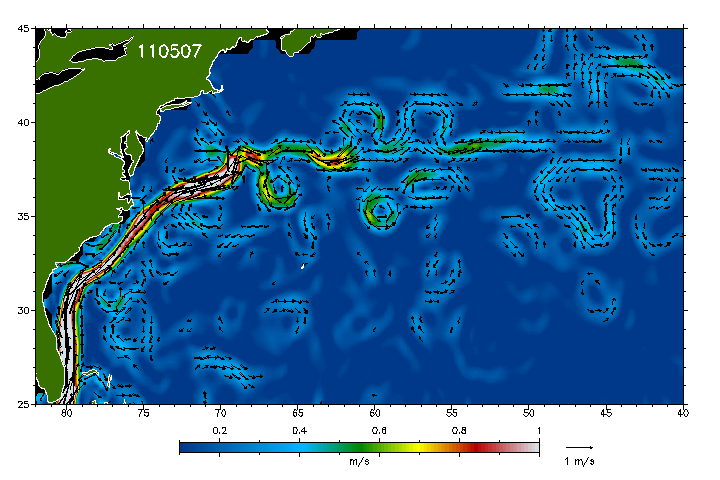By Barbara Liston
ORLANDO Fla. (Reuters) - Scientists say a man-made "dead zone" in the Gulf of Mexico is as big as the state of Connecticut.
The zone, which at about 5,000 square miles (13,000 sq km) is the second largest in the world but still smaller than in previous years, is so named because it contains no oxygen, or too little, at the Gulf floor to support bottom-dwelling fish and shrimp.
The primary cause of the annual phenomenon is excess nutrient runoff from farms along the Mississippi River, which empties into the Gulf, said Gene Turner, a researcher at Louisiana State University's Coastal Ecology Institute.
The nutrients feed algae growth, which consumes oxygen when it works its way to the Gulf bottom, he said.
"It's a poster child for how we are using and abusing our natural resources," Turner said.
Turner said the zone has at least twice in recent years reached the size of Massachusetts, about 8,200 square miles (21,000 sq km).
The Gulf dead zone, which fluctuates in size but measured 5,052 square miles this summer, is exceeded only by a similar zone in the Baltic Sea around Finland, Turner said.
The number of dead zones worldwide currently totals more than 550 and has been increasing for decades, according to a report by Turner and Nancy Rabalais from the Louisiana Universities Marine Consortium.
The elongated Gulf zone typically hugs the Louisiana coastline from the Mississippi River Delta to the state's border with Texas, and some years extending offshore of Texas and Mississippi, Rabalais said.
The scientists said a growth in farmed land along the Mississippi River in the 1960s began increasing pollution. In the 1970s, levels of oxygen in parts of the Gulf fell below the needs of bottom-dwelling fish. The zone has been generally growing ever since.
Floods, droughts, storms and other factors affect the volume of nutrients flowing into the Gulf and account for year-over-year fluctuations, Turner said.
"It seems to have leveled out in size, but it could get worse" depending on changes in pollution levels, Rabalais said.
The report said federal farm policy impacts the amount of pollution in the river. Turner said corn fields, which lay bare most of the year and leach nutrients, are one of the biggest contributors to the problem.
A federal task force organized with river states in 2001 to reduce nutrient runoff has had no substantial success, he said.






